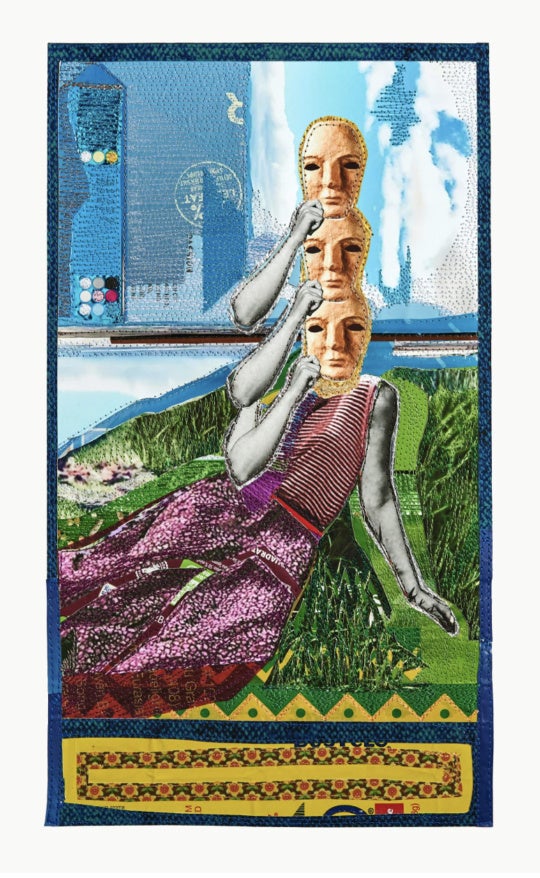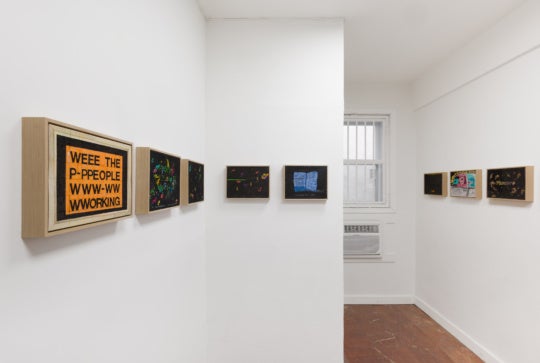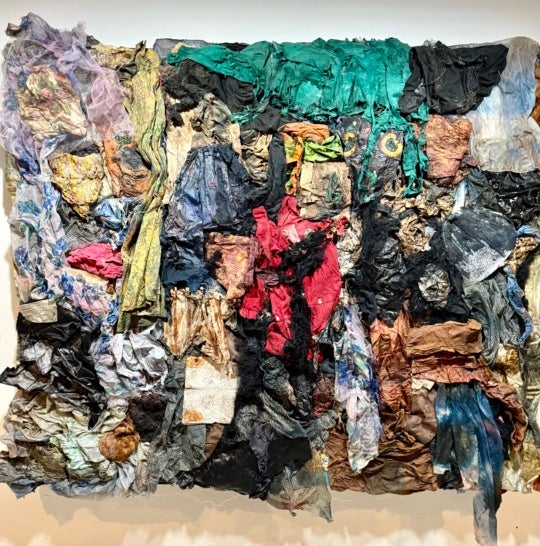
“We are in one of the great formative periods right now,” architect Eero Saarinen said in a talk at the Museum of Modern Art in 1952. “It began about 1900 and it may last for the rest of the century. The ground rules and the general direction have been set, but there is still much to be done before the form of our time really emerges. During such a period we have to remain alert and flexible. New structural materials, new uses, a new spirit of our age. Yes, we are facing new frontiers.”
Saarinen’s words are remarkable for their accuracy—few would disagree with this insightful, broad perspective on the 20th century from someone right in the middle of it—but even more remarkable for how perfectly they encapsulate the aesthetic of their speaker. In these words, as in so much of what Saarinen created, there is a forward-looking grandeur coupled with clear-eyed directness; a self-consciousness about the significance of the historic moment and of the artist’s role in it; a sense of optimism; the referenced alertness and flexibility, a clear belief that materials and structures are contiguous with spirit; and, above all, an interest in exploration, change, and newness. That’s Saarinen in a nutshell.
A new exhibit at the Museum of Design Atlanta examines the life and major works of the architect and designer, hitting the high points of his design career and presenting a fascinating overview of one of the 20th century’s most intriguing and prolific artists in pictures, plans, models, text, and film [Eero Saarinen: A Reputation for Innovation, April 14-June 30, 2013].
Saarinen was born in 1910 in Finland, the son of one of the only internationally known Finnish architects at the time, Eliel Saarinen. The Saarinen family immigrated to the United States when Eero was 13 after his father won fame in America for his competition entry for the Tribune Tower in Chicago (his design won second place and was eventually implemented as the 1929 Gulf Building in Houston). The older Saarinen taught at Cranbrook Academy in Detroit, where he also designed many of the buildings. The younger Saarinen attended; Eero, along with several of his close school friends there, went on to become some of the biggest names in 20th century design: Charles and Ray Eames, Harry Bertoia, Florence Knoll.
After Cranbrook, Eero Saarinen went on to study abroad in Paris and at Yale University: his breakout design came at the age of 29 when he won a widely-publicized contest to design the Smithsonian Gallery of Art for the Mall of Washington DC in 1939. The onset of World War II shelved the building plans, but the design won him instant worldwide design acclaim. One of the most fascinating segments of MODA’s exhibition delves into the unbuilt design and its significance.

During World War II, Saarinen worked for the Office of Strategic Services (which later became the CIA). This is a part of his life that hasn’t often been examined, but receives some attention here: Installed are some designs for war rooms, displays, models, and posters. It’s not just this period that the exhibit captures well (some of the details remain a little vague by the nature of his OSS position), but the exhibit also drives home perhaps why Saarinen’s work always retained an aspect of thorough analysis: An ordered, painstakingly researched comprehensive plan unfolding in structured, regimented stages.
Saarinen died at the age of 51 in 1961, relatively early in the career of an architect. Still, the most famous designs in his brief career—the Tulip and Womb Chairs, Dulles International Airport, the TWA Terminal at JFK, the St. Louis Gateway Arch, and many others—can (and often do) serve as iconic symbols of 20th century America. They’re all suggestive of movement, and, prosperity and optimism—perhaps even a distant, if unusual, sort of romanticism—are almost always implicit.

It’s hardly the most significant aspect of his career, but it’s interesting to note that when the characters in the 1966 Star Trek TV series needed to sit down on the Enterprise, they sat in Saarinen Tulip Chairs. The exhibition likewise impresses us with the notion that Saarinen’s designs did not look like the past, or even the present—they looked like the future. In many ways, Saarinen’s designs now have the look of their era, but they still have the look of a time yet to come. They are still the objects we’d like to imagine that the human race will use as it moves out into new frontiers: streamlined, sturdy, dynamic, beautiful.
House rules for commenting:
1. Please use a full first name. We do not support hiding behind anonymity.
2. All comments on BURNAWAY are moderated. Please be patient—we’ll do our best to keep up, but sometimes it may take us a bit to get to all of them.
3. BURNAWAY reserves the right to refuse or reject comments.
4. We support critically engaged arguments (both positive and negative), but please don’t be a jerk, ok? Comments should never be personally offensive in nature.




